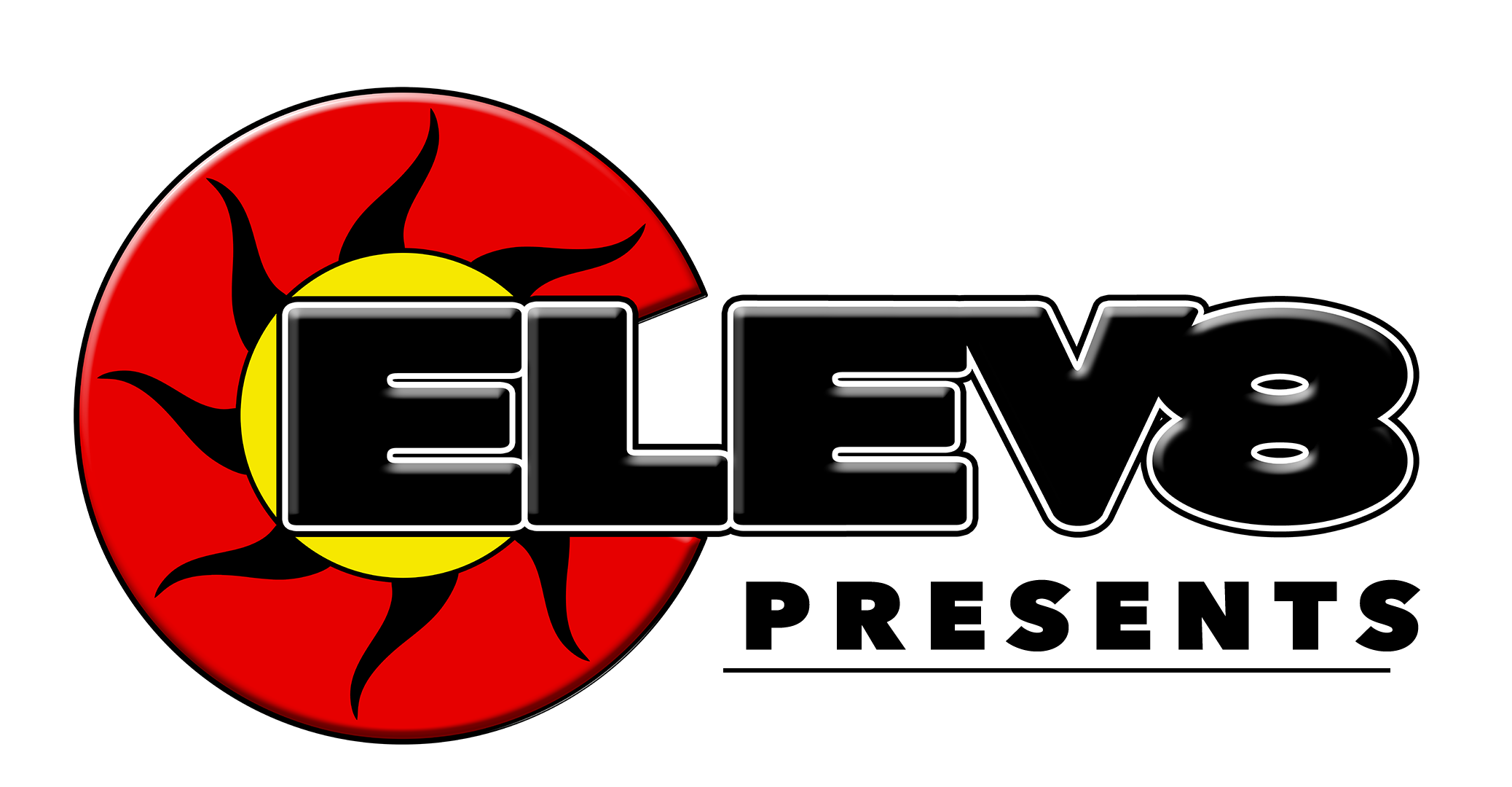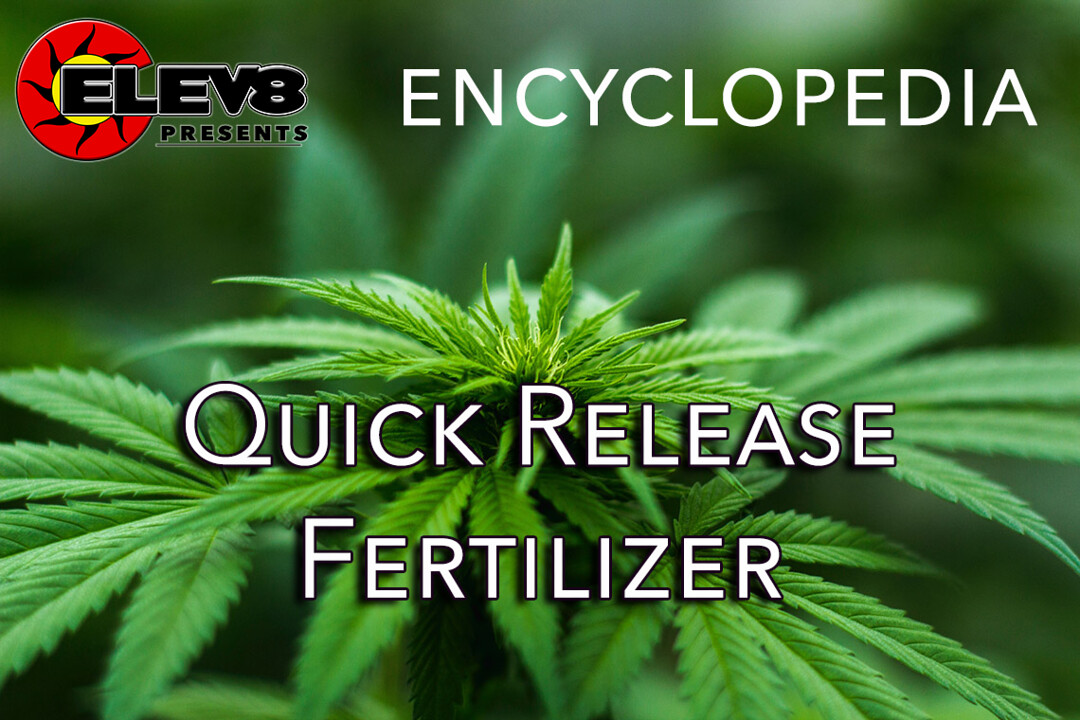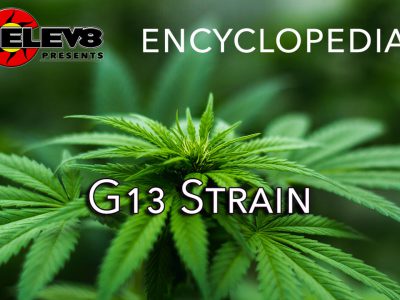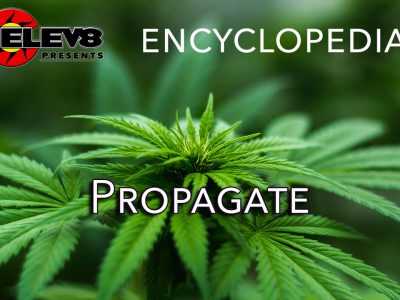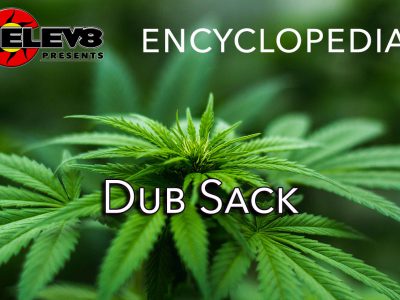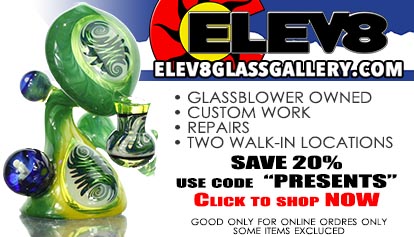What does Quick Release Fertilizer mean?
A fertilizer that contains nutrients, mainly nitrogen, in plant-available forms such as ammonium and nitrate is considered a quick-release fertilizer.
Nitrogen is a component of amino acids and urea, – the essential building blocks for plant proteins – and is vital to the rate at which photosynthesis occurs. There are two types of nitrogen options available in fertilizers: quick- and slow- release nitrogen.
Quick-release fertilizers encourage a rapid recovery from nutrient deficiency. They tend to provide instantly favorable results in plant growth because they stimulate quick shoot growth and greening.
Quick-release fertilizers are more affordable than slow-release fertilizers.
More Info On Quick Release Fertilizer
Growers have many options when it comes to feeding their plants, and many gardeners use a combination of different fertilizers and techniques. The key to selecting a fertilizer is understanding what nutrients the plants need. There are mainly two types of nitrate-filled fertilizers: slow, controlled-release, and quick-release fertilizers.
Slow- and controlled-release fertilizers provide nutrients to plant roots over an extended period of time. Thus, the crops need to be fertilized less frequently. These types of fertilizers also prevents nutrients from escaping the landscape and entering waterways, which would contribute to harmful algal blooms and other water quality problems.
Quick-release fertilizers perform much of the same functions as slow-release types, only at a faster rate. They are useful because the nutrients are immediately available to plants. The water-soluble nitrogen (WSN) contained in the fertilizer becomes available when it is dissolved in water. This is achieved either through irrigation or rainfall.
There are several benefits of quick-release fertilizers such as the fact that nutrients are immediately available to plants and they stimulate quick shoot growth and greening.
However, there are also down sides to the quick-release fertilizers as they rapidly deteriorate from the soil through the leaching of nitrates. Thus, they last only two to four weeks and if they are over-applied they can cause fertilizer burn and harm the plants.
Quick-release fertilizers are more water-soluble and make nutrients immediately available to the plants. These types of fertilizers are almost always synthetic and come in pellets or liquid forms, which help to dissolve it faster in the soil.
The benefits of using quick-release fertilizers are that they work faster and are less expensive than the slow or controlled release fertilizers. Quick-release fertilizers are more widely available and garden centers and show immediate results in the growth of the crops.
